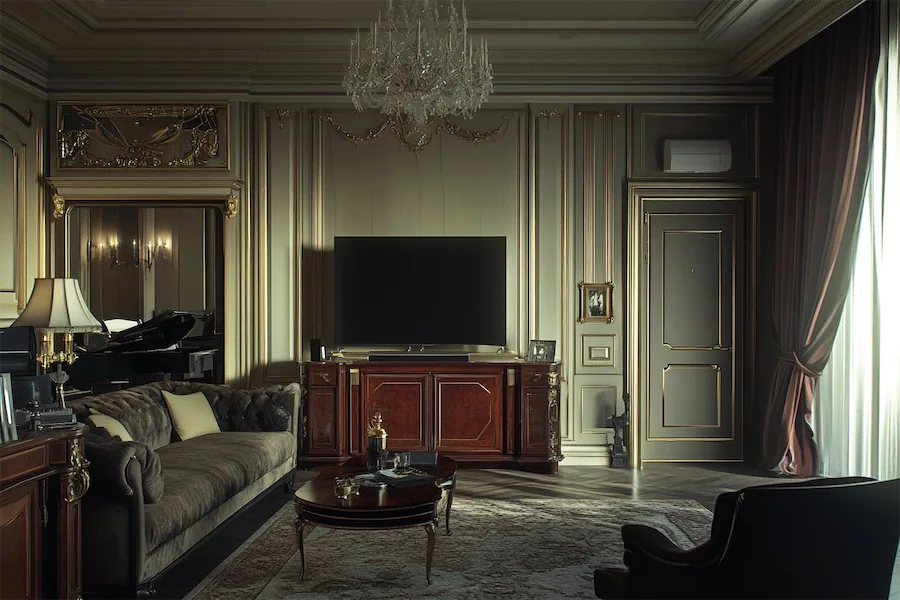A classic entertainment room exudes timeless elegance, combining traditional design elements with modern amenities to create a refined space for leisure and social gatherings.
History and Origins of Classic Design
Classic interior design draws inspiration from European decor of the 17th to 19th centuries, emphasizing symmetry, rich color palettes, and intricate detailing. This style reflects a sense of grandeur and formality, often incorporating antique furnishings and architectural elements like crown molding and wainscoting.
Key Features of a Classic Entertainment Room
- Elegant Furniture: Incorporate plush seating with ornate woodwork, such as tufted sofas and armchairs, to provide comfort and sophistication.
- Rich Color Schemes: Utilize deep hues like burgundy, navy, or emerald, complemented by neutral tones, to create a warm and inviting atmosphere.
- Intricate Woodwork: Feature detailed cabinetry and moldings to add depth and character to the space.
- Chandeliers and Sconces: Install classic lighting fixtures to enhance the room’s ambiance and highlight its traditional design elements.
- Decorative Accents: Incorporate items such as ornate mirrors, framed artwork, and luxurious draperies to complete the classic aesthetic.
Applications of Classic Design in Entertainment Rooms
- Home Theater: Design a traditional home theater with tiered seating, rich fabrics, and a grand projector screen to emulate the opulence of classic cinemas.
- Game Room: Create a space featuring classic games like billiards or chess, furnished with antique or reproduction pieces to maintain the traditional theme.
- Library and Media Room: Combine a personal library with an entertainment center, using built-in bookshelves and wood paneling to evoke a sense of timeless elegance.
Considerations When Designing a Classic Entertainment Room
- Symmetry: Arrange furniture and decor symmetrically to achieve balance and harmony, which are hallmarks of classic design.
- Quality Materials: Invest in high-quality, durable materials like hardwoods, marble, and premium fabrics to ensure longevity and authenticity.
- Modern Integration: Seamlessly incorporate modern technology, such as flat-screen TVs and sound systems, by concealing them within cabinetry or behind artwork to preserve the room’s classic aesthetic.
Conclusion
A classic entertainment room offers a blend of elegance and functionality, providing a sophisticated setting for relaxation and entertainment. By focusing on traditional design elements and thoughtful integration of modern amenities, you can create a timeless space that reflects refined taste and enduring style.
